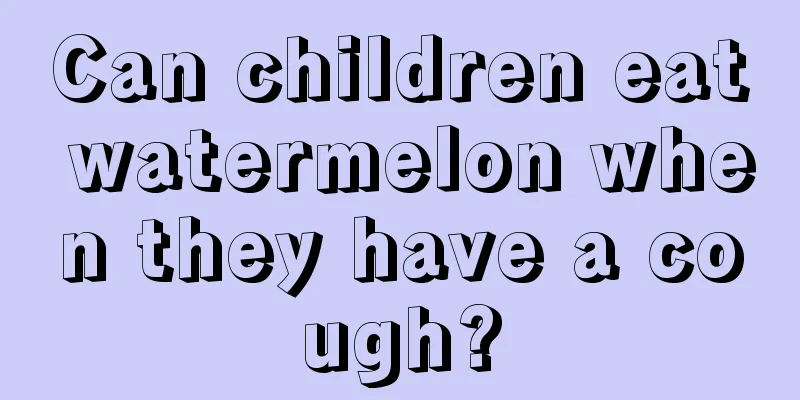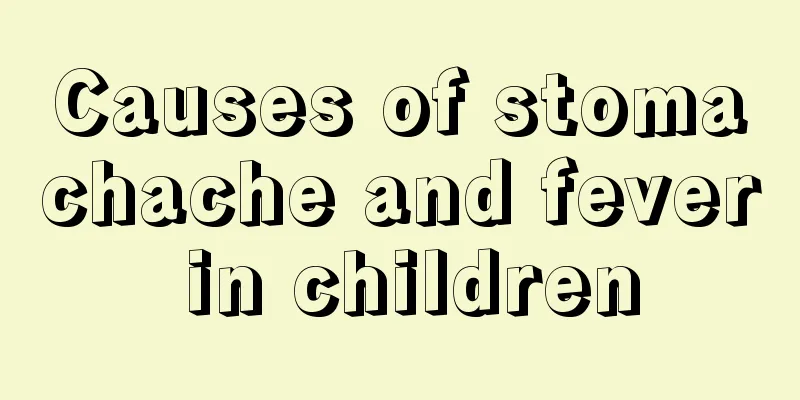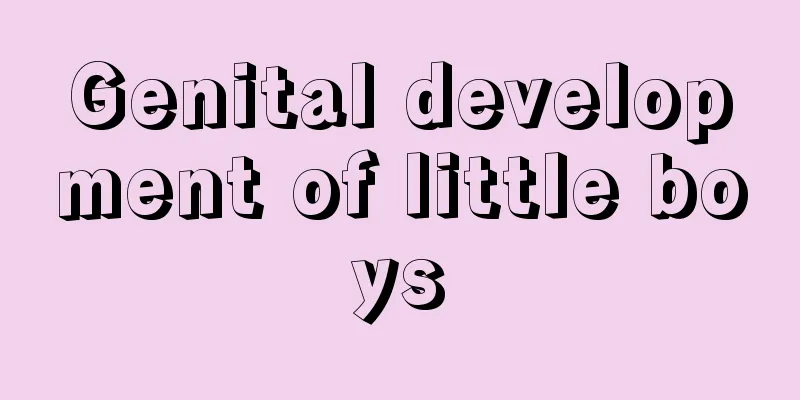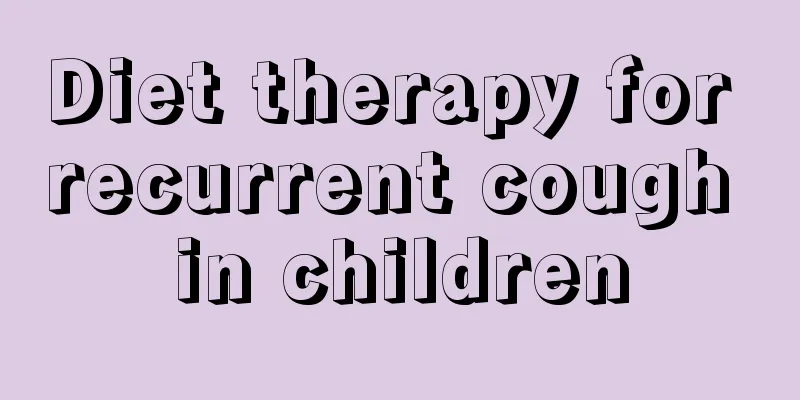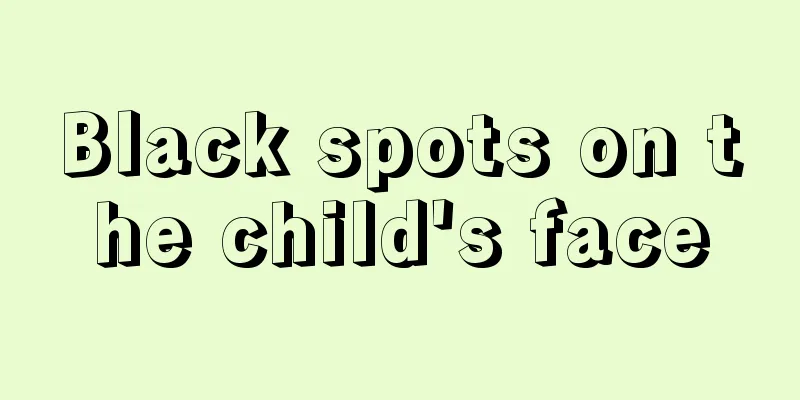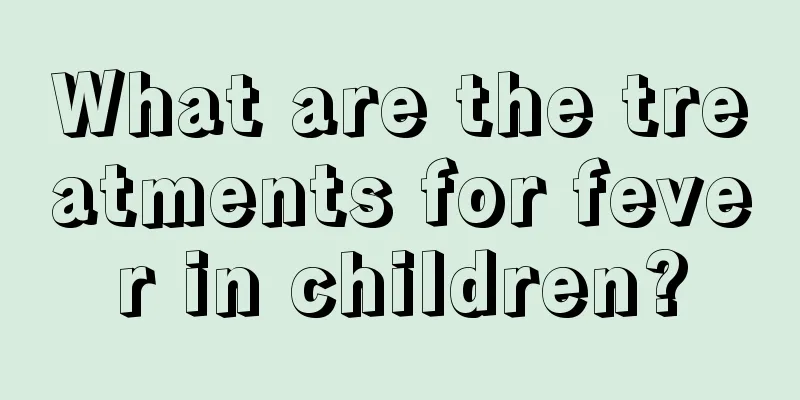Diagnosis and treatment of hemorrhage in children
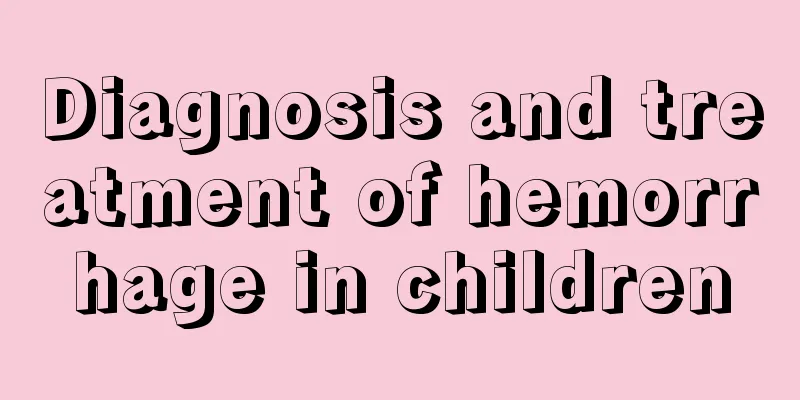
|
Urticaria is a disease that is easy to get. This type of disease has a great impact on the body. After suffering from urticaria, timely treatment is necessary, otherwise once the disease develops, the treatment will be very complicated. Patients should also pay attention to this. What are the treatment methods for pediatric urticaria? After children suffer from urticaria, the choice of treatment method cannot be arbitrary, otherwise it will not help improve the disease. Treatment of hemorrhage in children: 1. Find and eliminate allergens Treat the disorder causing urticaria. Autoimmune urticaria is difficult to treat, but giving intravenous immune globulin or plasma dialysis can relieve symptoms. 2. Apply anti-itch lotion topically Such as calamine lotion (with menthol added) or zinc oxide lotion. 3. Medication (1) Oral antihistamines, such as chlorpheniramine maleate tablets or promethazine hydrochloride; second-generation H1 receptor antagonists have the advantages of good efficacy and no obvious central nervous system inhibitory effect. They can be used for children over 2 years old, such as cetirizine hydrochloride and loratadine, both of which are taken orally once a day. Calcium supplements and vitamin C can reduce the permeability of capillaries and help relieve symptoms. The combination of H2 receptor antagonists (such as cimetidine and ranitidine) and H1 receptor antagonists can treat acute urticaria with obvious abdominal pain. Cyproheptadine can be used to treat chronic or cold urticaria. (2) For stubborn cases, oral prednisone tablets or intravenous hydrocortisone may be used as appropriate, but it is not routine medication. 4. Symptomatic treatment Children with bronchospasm or laryngeal edema can be given a subcutaneous injection of 1:1000 epinephrine solution. 5. Desensitization treatment For chronic urticaria that is not well responded to conventional drug treatment, corresponding desensitization treatment can be given according to the results of allergen skin tests, which can often achieve certain results. After understanding the treatment methods for pediatric anesthesia, you can follow the above methods when treating pediatric anesthesia. However, a comprehensive physical examination of the child should be conducted so that you can have a good grasp of the patient's specific physical condition and can easily treat the disease. |
<<: What should I do if my child has foot pain at night?
>>: Nursing measures for children with hemp
Recommend
Why does a child clench his teeth when sleeping?
Careful parents may find that their children grin...
What are the reasons for children to become fat?
Many babies are actually very fat when they are j...
Why do babies grow beards in winter?
In winter, parents may find that there is a layer...
What are the health care knowledge for children in autumn?
There are many ways to maintain health. Health ca...
3 month old baby has high muscle tone
We all know that the baby's muscle tone is pa...
What should a 2-year-old child eat if he has a cough?
If a two-year-old child gets sick all the time, i...
Children's favorite recipes
Children’s nutrition is something that parents ar...
What kind of milk powder is good for babies who are allergic to milk?
In order to maintain their figure, many mothers n...
What to do if your baby has a cold, cough or pneumonia
Newborn full-term babies are delivered from their...
What should I do if my child vomits and refuses to eat? Moms can do this.
If a child vomits and refuses to eat, there must ...
How long does it take to straighten teeth at a 12 year old?
Correcting teeth is something that many people ne...
What causes a red spot in the baby's eye?
Many parents always find themselves at a loss abo...
How to clear throat for children
Many parents find that their children clear their...
What to do if baby's lips get inflamed
Because babies are just born, they are very fragi...
How to treat sweaty baby feet
Some new mothers will find that their babies swea...
